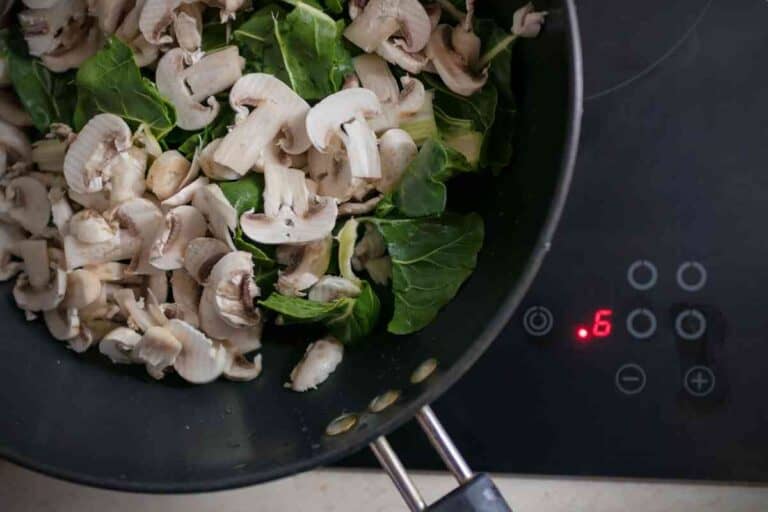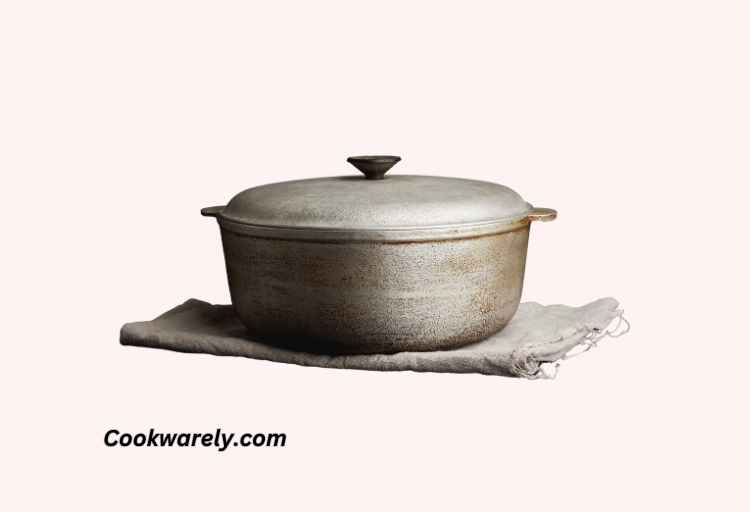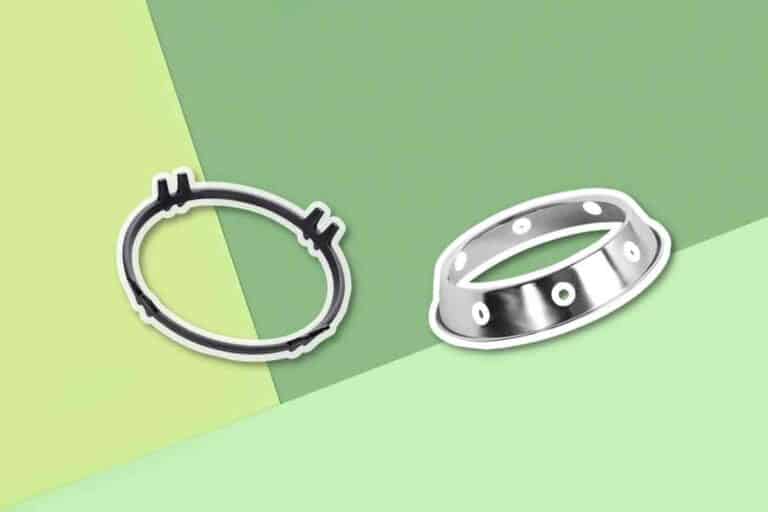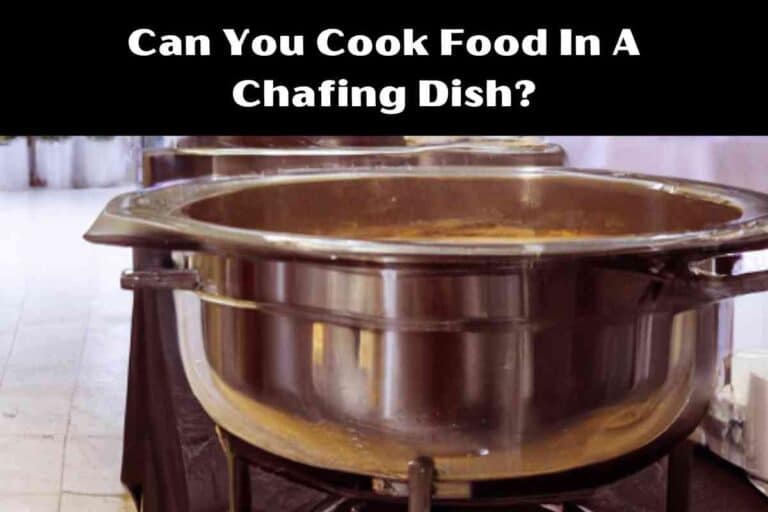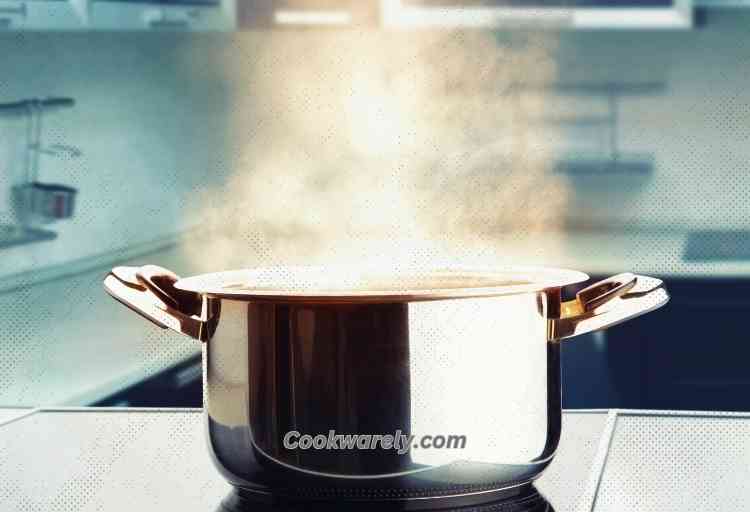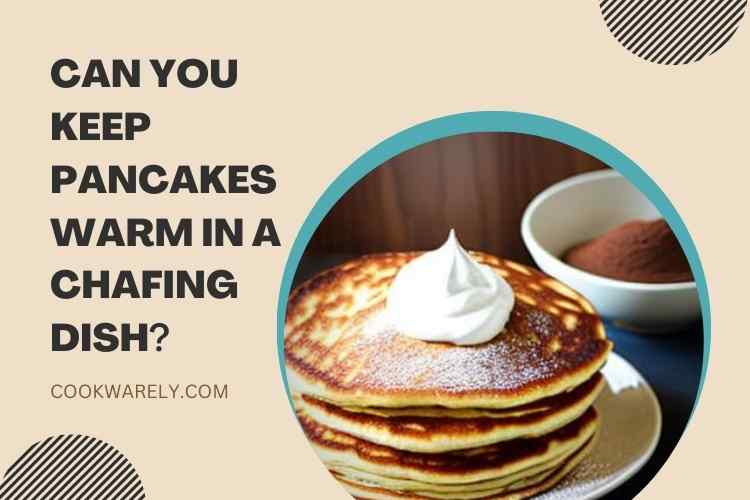What Is A POW Wok? A Comprehensive Guide
A POW wok is a single-handled wok that is crafted from heavy gauge carbon steel, designed for high-flame gas cooking. Its round bottom ensures even heat distribution and is prized for easy tossing and seasoning, enhancing culinary performance with each use.
A POW Wok is a smaller version of a traditional wok. It has a single long handle and is around 6-7″ in diameter. It is commonly used on small burners and gas stoves.
Its sphere-like shape gives it a deep interior, and its sidewalls rise up. This allows for more volume and a better cooking experience.
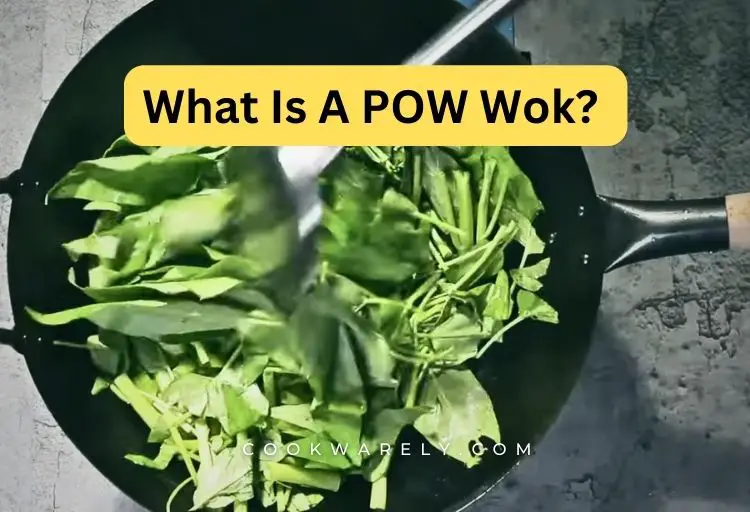
Pow Wok vs Regular Wok
A pow wok and a regular wok are two types of woks that differ in their handle and bottom design.
Pow Wok
A pow wok has a single long handle, usually made of metal or wood, that allows the cook to flip and toss the wok over a gas flame. A pow wok also has a round bottom, which helps with the tossing motion and heat distribution.
Regular Wok
A regular wok can have two small metal handles or one long and one short handle, depending on the style. A regular wok can have a flat or round bottom, depending on the stove type. A flat bottom wok is more suitable for electric stoves, while a round bottom wok is more suitable for gas stoves.
To summarize, a pow wok and a regular wok are both useful cooking tools, but they have different features and benefits. A pow wok is ideal for high-heat cooking and flipping, while a regular wok is ideal for low-heat cooking and versatility. You can choose the type of wok that suits your preference, skill level, and stove type.
Advantages of Using POW Wok
1. High Heat Performance:
A pow wok is designed for high-heat cooking. It allows for rapid cooking, ensuring that ingredients are seared quickly, preserving their natural flavors, and retaining a delightful texture.
2. Versatility in Cooking Techniques:
- Stir-Frying Excellence: The pow wok excels in stir-frying due to its shape, allowing you to toss and flip ingredients effortlessly. This technique is essential for achieving the characteristic flavors and textures of many Asian dishes.
- Searing and Roasting: With its high, sloping sides, a pow wok is ideal for searing and roasting meats and vegetables. The design helps contain heat and distribute it evenly across the ingredients.
3. Durability and Resistance to Warping:
- Sturdy Construction: Pow woks are often made from durable materials like carbon steel. This construction not only withstands high heat but also resists warping, ensuring the wok maintains its shape over time.
- Longevity: The robust nature of a pow wok contributes to its longevity, making it a reliable kitchen tool for years. This durability enhances its value as a long-term investment.
4. Enhanced Flavor through Seasoning:
- Natural Non-Stick Properties: Over time, a pow wok develops a natural non-stick surface through seasoning. This enhances the release of flavors, prevents sticking, and simplifies the cooking process.
- Improved Performance: The seasoned surface not only adds a unique depth of flavor to your dishes but also reduces the amount of oil needed for cooking, promoting healthier meal preparation.
5. Cultural Authenticity:
Using a pow wok provides a more authentic cooking experience for a variety of Asian cuisines. It is the tool of choice in many traditional recipes, allowing you to connect with the cultural roots of the dishes you prepare.
6. Aesthetic Appeal:
The distinctive shape of a pow wok adds an aesthetic appeal to your kitchen. Its unique design can serve as both a functional cooking tool and a decorative element in your culinary space.
Conclusion
The pow wok is a versatile and durable cooking pan designed for high-heat techniques like stir-frying and searing. Its unique shape facilitates even cooking and effortless tossing of ingredients.
With the ability to develop a natural non-stick surface through seasoning, the pow wok enhances flavor while promoting healthier cooking. Beyond functionality, it holds cultural significance in traditional Asian cuisines, embodying a connection to culinary heritage.
Choosing a pow wok is not just a practical decision but an embrace of authenticity and flavorful cooking traditions.
See Also: How To Clean A Cast Iron Wok

